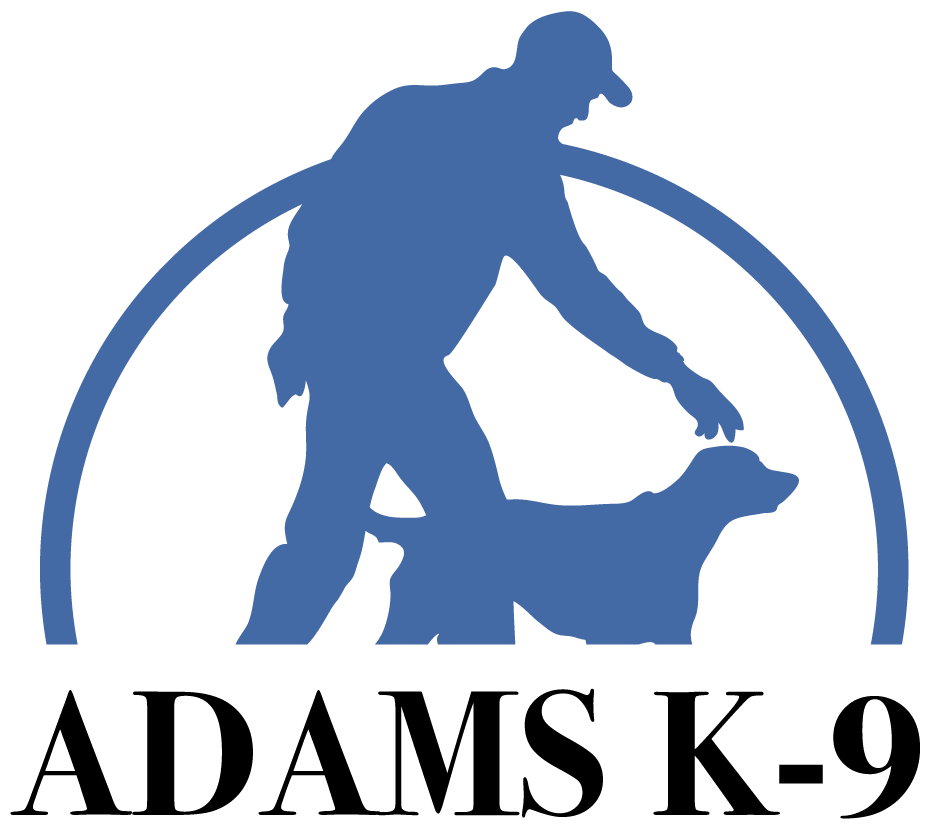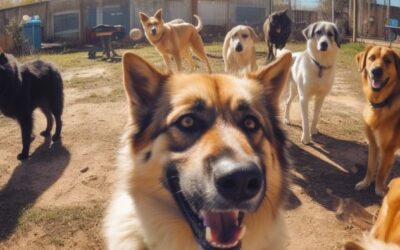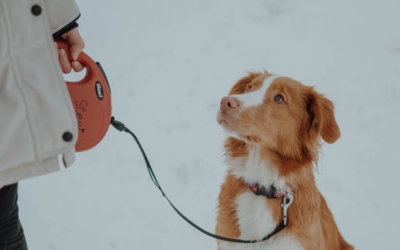I was judging a protection dog trial a month ago and got into a conversation with a colleague that has been in the dog breeding and training business for 50 years. She breeds German Shepherds, Belgian Malinois, Dutch Shepherds, and Jack Russel Terriers – all working dogs. She is a responsible breeder and her customers are required to provide proof of a trainer they are going to use prior to getting a puppy. She went onto say she has had some issues shipping dogs out to California, which has a lot of “all positive” trainers. The issue is, she has been getting calls because these dogs are showing signs of aggression.
All positive training doesn’t work for all dogs, a balanced training approach is best. My colleague is at the point where she will no longer ship dogs to California and no longer breeding Malinios because the general public cannot handle them. I agreed with her, stating that when someone tells me they want a Belgian Malinois (first of all, they must pronounce it incorrectly) I say, “No you don’t.”
Workings dogs, and even some pets, can be high energy and pushy. Dogs are constantly learning and putting things in the toolbox they carry called the mind. Give a dog a piece of steak at the dinner table one time and your dog will be under your feet and begging from then on. That one small piece of meat was filed into your dog’s memory where it’s no associated with – if I hang out at the dinner table good things will happen.
Have you ever heard someone say, “Sit, sit sit sit sit” to their dog, and the dog totally ignores the owner? The dog learned somewhere along the line that he doesn’t have to listen. There are 3 reasons why a dog does
not do something; they have not been taught, they physically cannot do it, or they choose not to. Never let your dog refuse to obey a command. If you do, they will file it in their memory bank knowing they don’t have to do what you say.
In the case of the dog not sitting – If your dog knows “Sit” but they refuse, push their butt down and make them sit. Pushing their butt down is a use of force. It might be gentle, but it’s still force. All positive trainers don’t believe in using force to train dogs. They use treats. Generally, the dogs that come into our training facility will sit for a treat. But, remove the treat from the equation and they ignore you. We teach the dog to obey whether there are treats or no treats. This concept of using force or touch is what balanced trainers use. It’s not abuse, it is just communication accompanied by touch.
Sometimes my son needs a time-out and I lead him by his arm to a chair to sit and think. When teaching a puppy to reinforce “Down” I use food to get him into the down position and sometimes I gently push them down or pull their front legs out from under them. It’s a gentle touch, but it is still force that helps to get them into the “Down” position. That is balance.
Let’s say you have a dog that lunges and tries to bite another dog. If it is the first time this occurs, what happens next is what the dog will put into his memory bank. Most people don’t know what to do in this situation so they say “No” (which the dog has heard a hundred times and which means nothing to him) and they pull back on the dog’s leash. Most of the time the young dog is wearing a flat collar so there is no negative consequence. Just a side note – this is how we train protection and police dogs. We restrain them by putting pressure on the leash which builds frustration and the drive to go forward. The first time my dog shows aggression like this, I communicate “Leave it!” and I correct the dog. I immediately give the dog a negative consequence. I then put the dog in the same scenario and when he ignores the other dog I reward his behavior with love and treats.
I have seen people give treats to dogs when they are acting aggressively, which is communicating to the dog that aggression gets rewarded. Don’t do that. Reward wanted behavior, discipline unwanted behavior. Just so we are on the same page, the word discipline tends to have a negative connotation but does not mean mistreat.
To discipline means:
- Train to act in accordance with the rules (don’t lunge and bark at dogs)
- Activity, exercise or regimen that develops or improves skills
Now you can understand why an All Positive training methodology does not work with all dogs. If you have a laid back, easy going dog that doesn’t wander and hangs by your side all of the time, the all positive just might be fine. I don’t know too many dogs that fit into that category which is probably the reason we are so busy this summer training dogs. Most dogs are high energy, pushy, nervous and sometimes aggressive and need some nurturing and guidance. Someone needs to teach them the rules; don’t jump, quiet, be calm, obey, and have good greeting manners.
Does your dog come every time, even with distractions? My first dog didn’t, but that was before I joined the Police K-9 Unit. Once I was trained and learned some things on my own, I gained the knowledge to train pets in obedience. I am no longer with the K-9 Unit but I have two pet dogs that are trained just as well. Last weekend, we were up to the lake and all of my dogs were off lead. My dogs swam, fetched, went on boat rides and ran and didn’t have a leash on them all weekend. In fact, I cannot remember the last time my dog has had a leash on.
This is how we train, and many of my customers are the same way. They have control of their dogs and no longer need leashes. It’s really a wonderful life for a dog, and full of freedom. My family loves interacting with our dogs and the dogs love the time they get to spend with us as well. If you would like to learn more about our balanced training methods, please
Click Here to contact our West Michigan dog training team and see how Adams K-9 can help you love your dog, and love your dog’s behavior.




